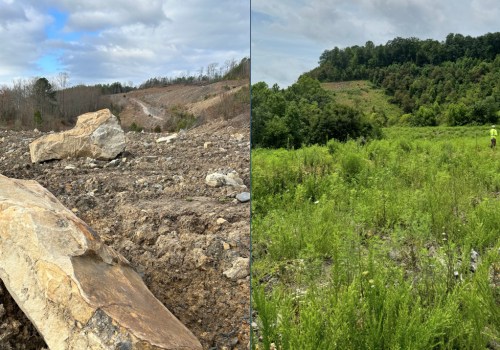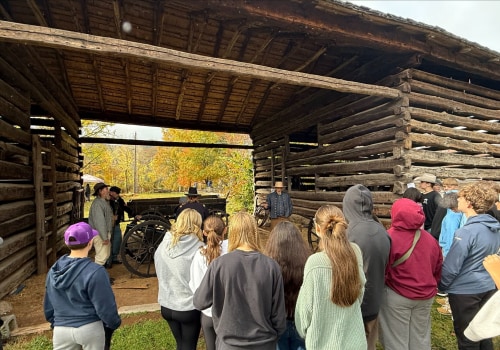As an expert in community development in East Tennessee, I have seen firsthand the vital role that community projects play in improving the quality of life for residents. These projects, initiated by local organizations, non-profits, and government agencies, aim to address various social, economic, and environmental issues within the community. However, with limited resources and numerous pressing needs, it can be challenging to determine which projects to pursue first.
The Importance of Prioritization
Prioritization is crucial in ensuring that community projects are successful and have a significant impact on the community. It involves carefully evaluating and ranking projects based on their potential benefits, feasibility, and alignment with the community's needs and goals.Without proper prioritization, resources may be wasted on projects that do not address the most pressing issues or have a minimal impact. East Tennessee is home to many small towns and rural communities, each with its unique set of challenges and needs. Therefore, prioritization becomes even more critical in this region as resources are often limited, and there is a need to address multiple issues simultaneously.
The Role of Community Input
One of the key factors in prioritizing community projects in East Tennessee is community input. Local residents are the ones who are most affected by the issues within their community, and their voices should be heard when determining which projects to pursue. Community input can be gathered through surveys, town hall meetings, or focus groups. Organizations like the East Tennessee Foundation also play a crucial role in gathering community input.They work closely with local communities to identify their needs and priorities through their Community Needs Assessment process. This information is then used to guide the foundation's grantmaking process and prioritize projects that align with the community's needs.
Assessing Feasibility
Another important aspect of prioritizing community projects is assessing their feasibility. This involves evaluating the resources, time, and expertise required to complete a project. In East Tennessee, where resources may be limited, it is essential to consider the feasibility of a project before pursuing it. Organizations like the Appalachian Regional Commission (ARC) provide funding and technical assistance to support community projects in East Tennessee.They have a rigorous application process that requires organizations to demonstrate the feasibility of their projects. This ensures that resources are allocated to projects that have a higher chance of success.
Collaboration and Partnerships
Collaboration and partnerships are also crucial in prioritizing community projects in East Tennessee. With limited resources, it is often more effective to work together with other organizations and agencies to address community needs. This not only helps in pooling resources but also brings together different perspectives and expertise. The East Tennessee Development District (ETDD) is an example of an organization that promotes collaboration and partnerships among local governments, non-profits, and other stakeholders in the region.They provide technical assistance and funding opportunities for community projects and encourage collaboration among different entities to maximize impact.
Impact and Sustainability
When prioritizing community projects, it is essential to consider their potential impact and sustainability. Projects that have a significant impact on the community and can be sustained in the long run should be given priority. This ensures that resources are used effectively and that the community continues to benefit from the project even after its completion. The United Way of Greater Knoxville is an organization that focuses on funding projects that have a lasting impact on the community. They prioritize projects that address root causes of issues rather than just providing temporary solutions.This approach ensures that the community's needs are met in a sustainable manner.
Challenges in Prioritizing Community Projects
Despite the efforts of various organizations and agencies, there are still challenges in prioritizing community projects in East Tennessee. One of the main challenges is the lack of resources. With limited funding and resources, it can be challenging to address all the pressing needs within a community. Another challenge is the competing interests and priorities within a community. Different stakeholders may have different ideas on which projects should be prioritized, making it difficult to reach a consensus.In such cases, it is crucial to have open communication and involve all stakeholders in the decision-making process.






